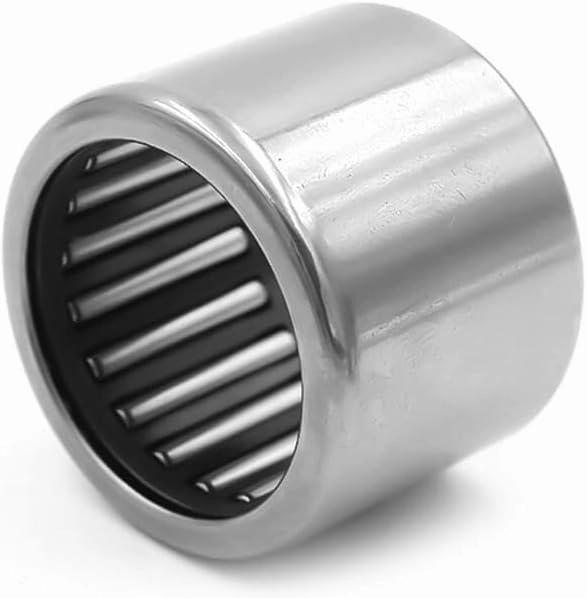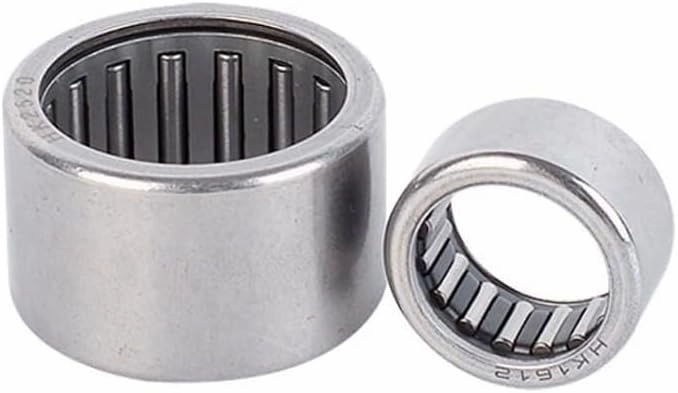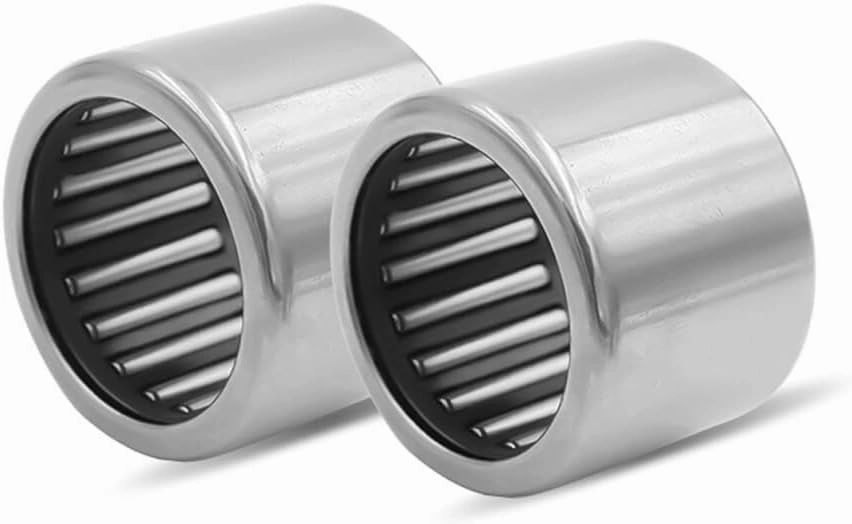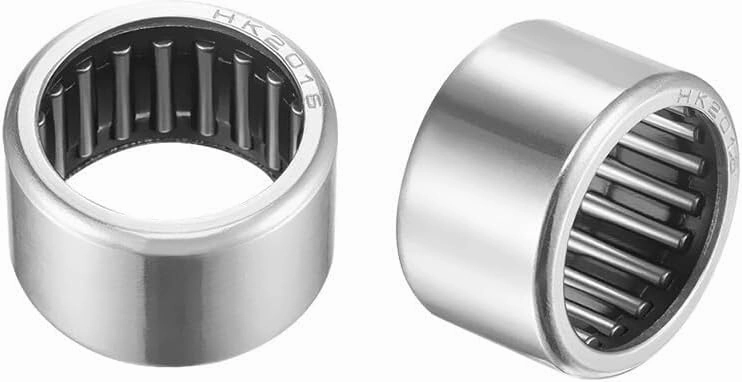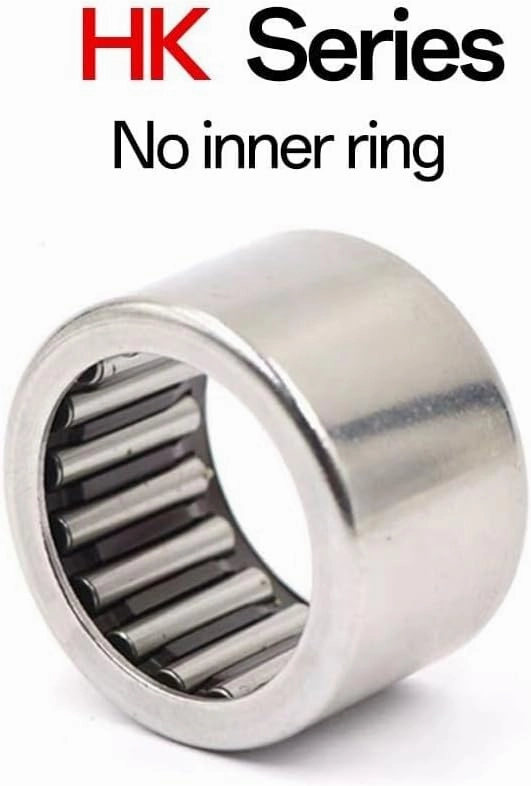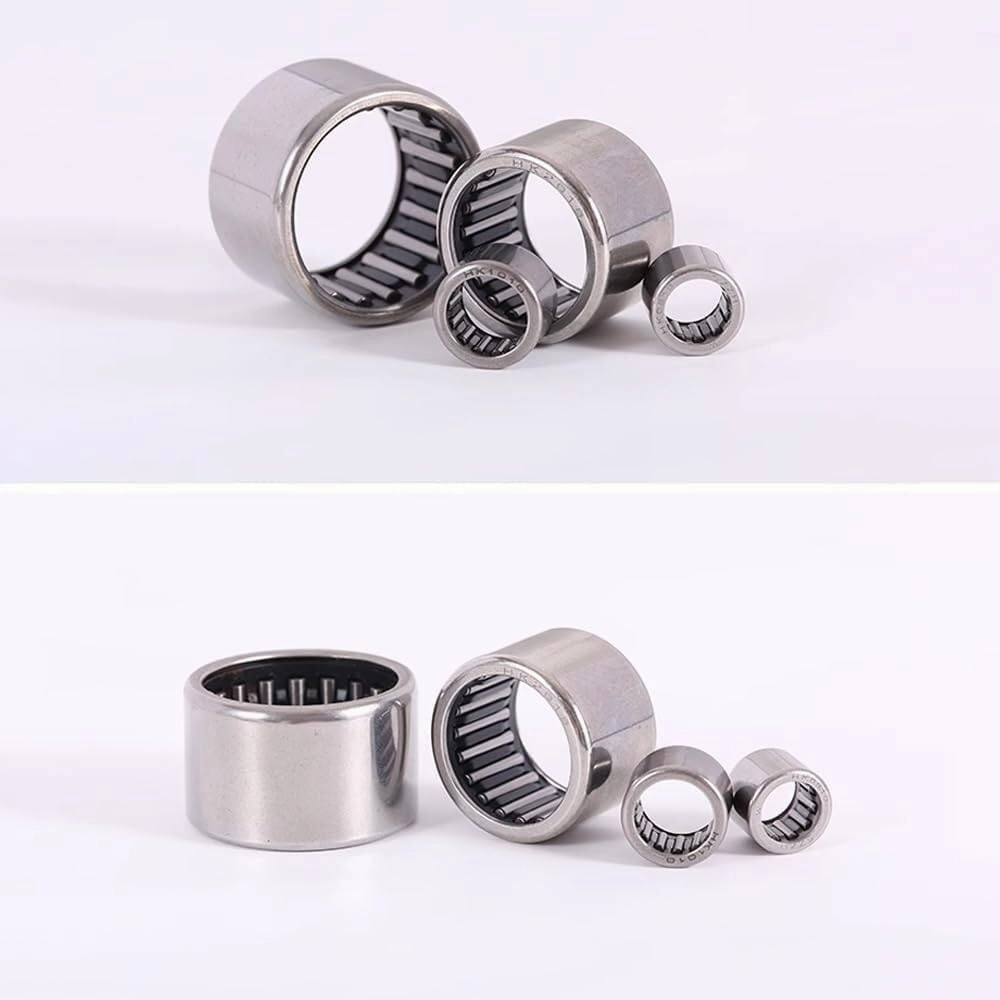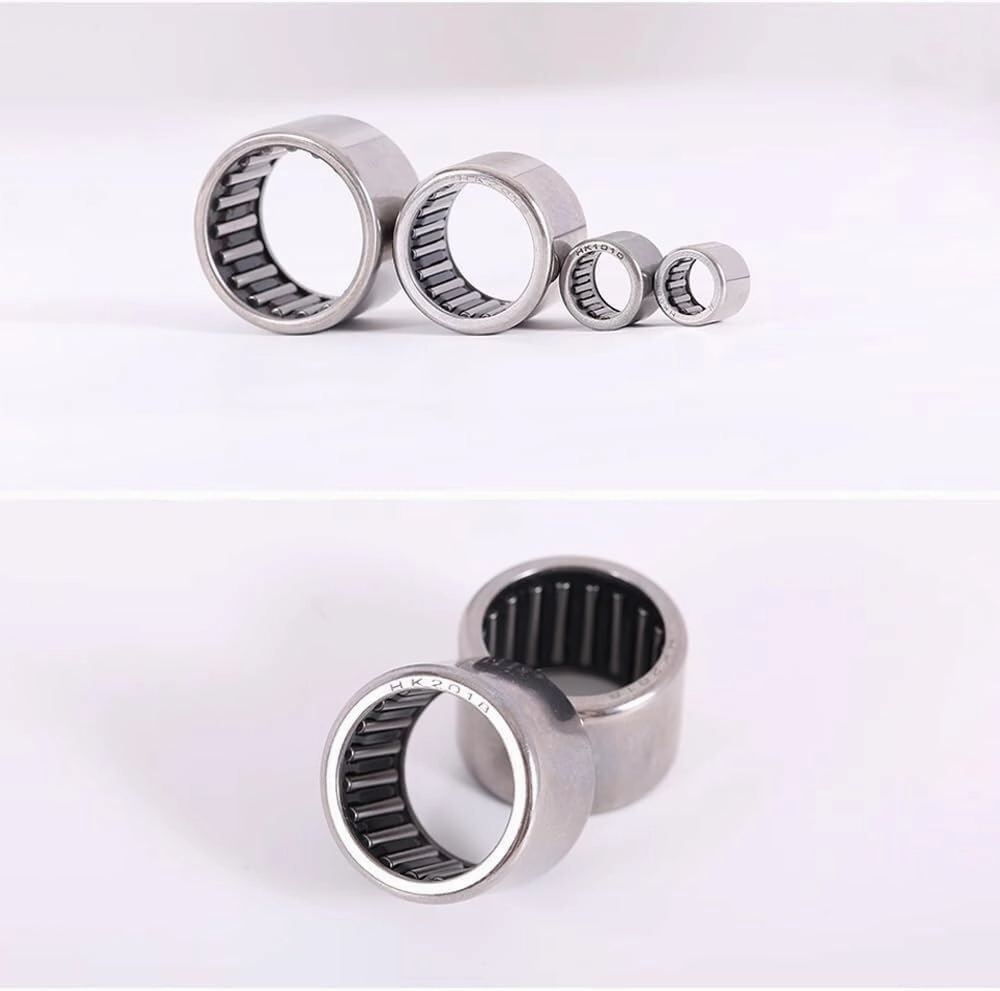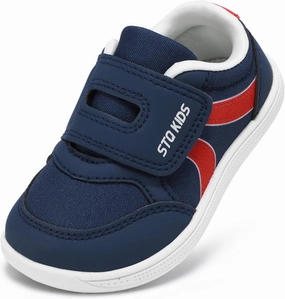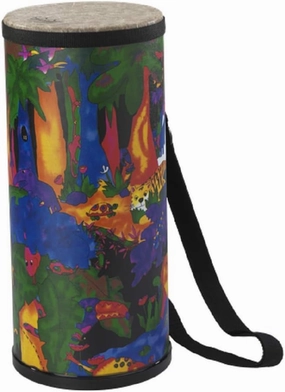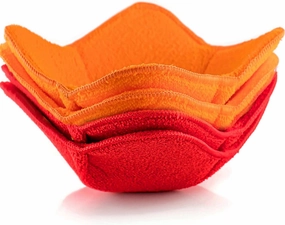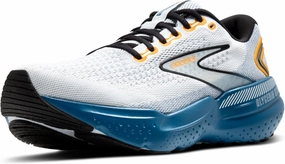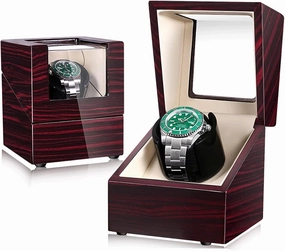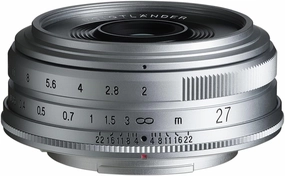- Proper Installation Before installation, clean the bearing and its mating components thoroughly. Any dirt, debris, or metal particles can cause premature wear. Use a suitable cleaning solvent. When installing, handle the bearing with care to avoid dropping or hitting it, as this can damage the internal structure.
- Lubrication Select the appropriate lubricant based on the bearing's operating conditions, such as speed, load, and temperature. For high - speed bearings, a low - viscosity lubricant is often preferred, while for heavy - load bearings, a thicker lubricant may be needed. Apply the lubricant evenly. Over - lubrication can cause overheating due to churning, and under - lubrication can lead to excessive friction. Regularly check the lubricant level and condition.
- Alignment Ensure proper shaft alignment. Misalignment can cause uneven loading on the bearing, resulting in premature failure. Use alignment tools like dial indicators to check for both angular and parallel misalignment. In a multi - bearing system, for example, in a long - shafted conveyor, it is crucial to align all the bearings precisely. Even a small misalignment can increase the load on certain parts of the bearing, reducing its service life.
- Regular Inspection Periodically inspect the bearing for signs of wear, such as pitting, flaking of the rolling elements or raceways, or abnormal noise. Visual inspection can often detect early signs of trouble. Use vibration analysis techniques in some critical applications. If the vibration level exceeds a certain threshold, it may indicate a problem with the bearing.
- Proper Storage When storing bearings before installation, keep them in a clean, dry, and cool environment. Avoid exposure to moisture, which can cause rust. Use protective packaging, such as anti - rust paper or plastic covers. Do not stack bearings on top of each other without proper separation, as this can cause damage to the raceways. For long - term storage, consider applying a suitable preservative oil to prevent corrosion.
A needle roller bearing is a type of bearing.
It consists of a cage which holds needle - like rollers. These rollers have a small diameter compared to their length.
The main advantage of needle roller bearings is their high load - carrying capacity. They can handle relatively large radial loads due to the large number of rollers in contact with the raceways.
They have a compact design. This makes them suitable for applications where space is limited. For example, in automotive transmissions and machinery with tight - fitting components.
The operation of needle roller bearings is relatively smooth. The rollers reduce friction between the moving parts. However, proper lubrication is essential to ensure their long - term performance and to prevent wear.
In terms of installation, care must be taken to align the bearing correctly. Any misalignment can lead to premature failure.
Overall, needle roller bearings play an important role in many mechanical systems, enabling efficient and reliable operation by providing a stable support for rotating shafts while dealing with significant loads.

